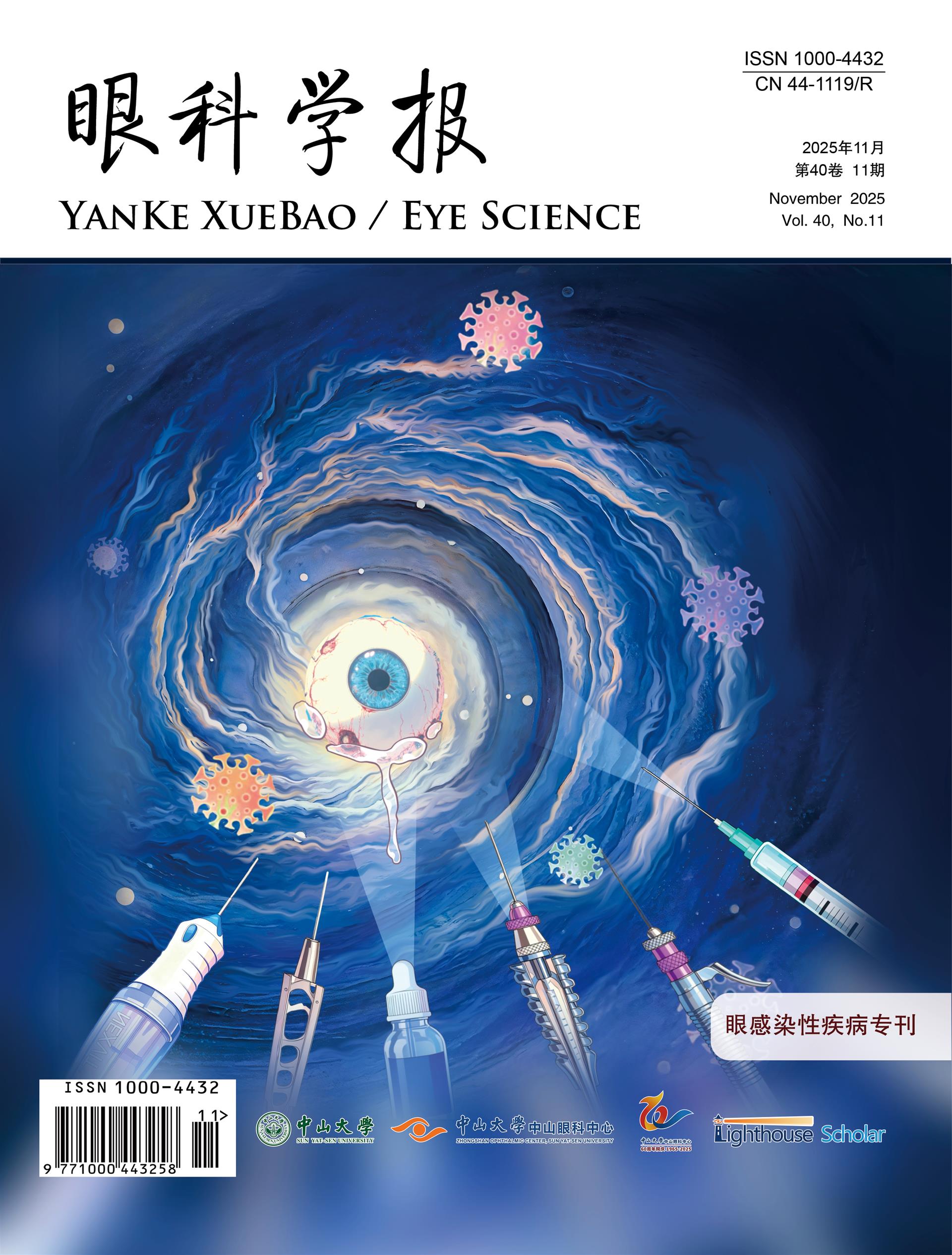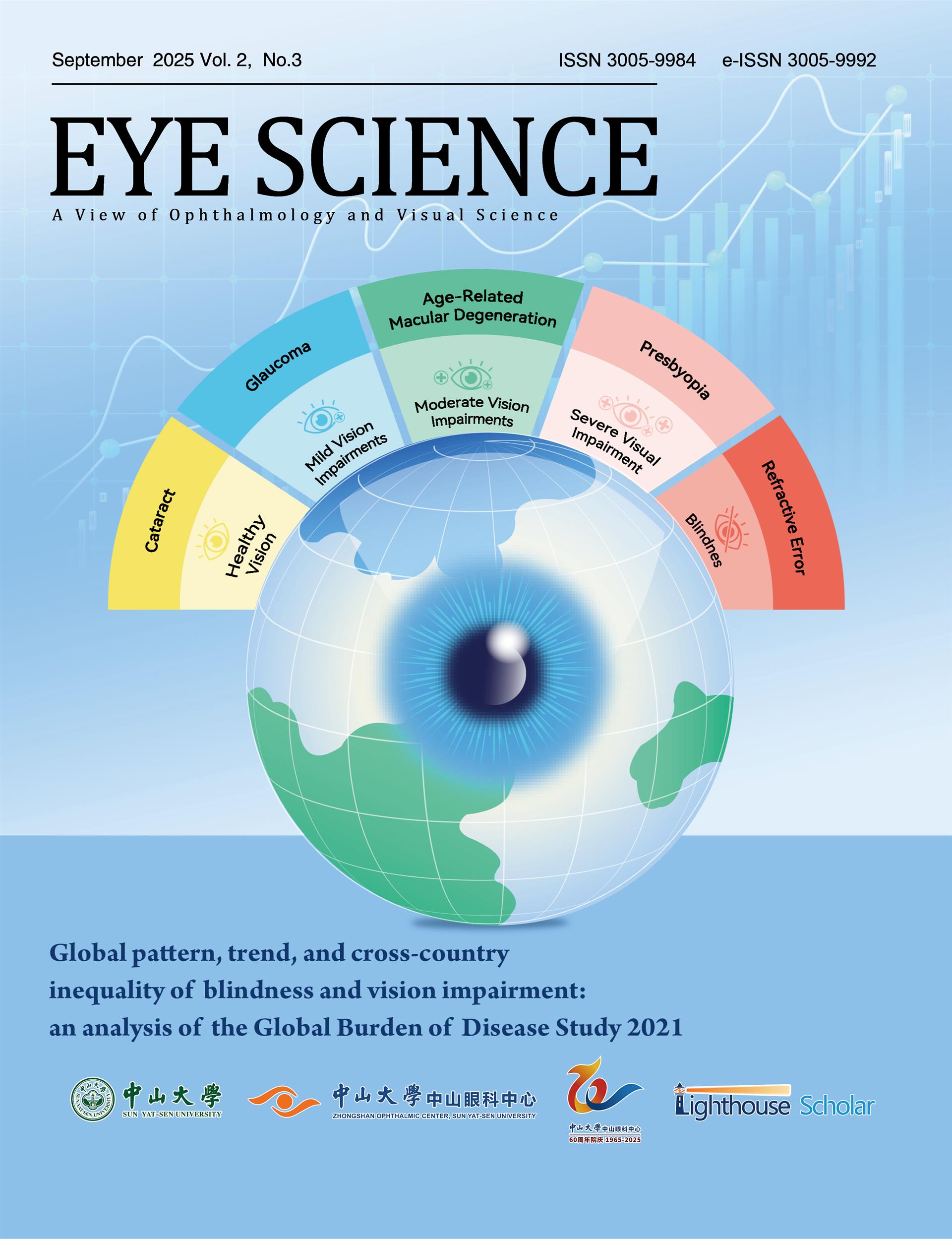Background: Research innovations inoculardisease screening, diagnosis, and management have been boosted by deep learning (DL) in the last decade. To assess historical research trends and current advances, we conducted an artifcial intelligence (AI)–human hybrid analysis of publications on DL in ophthalmology.
Methods: All DL-related articles in ophthalmology, which were published between 2012 and 2022 from Web of Science, were included. 500 high-impact articles annotated with key research information were used to fne-tune alarge language models (LLM) for reviewing medical literature and extracting information. After verifying the LLM's accuracy in extracting diseases and imaging modalities, we analyzed trend of DL in ophthalmology with 2 535 articles.
Results: Researchers using LLM for literature analysis were 70% (p= 0.000 1) faster than those who did not, while achieving comparable accuracy (97% versus 98%, p = 0.768 1). The field of DL in ophthalmology has grown 116% annually, paralleling trends of the broader DL domain. The publications focused mainly on diabetic retinopathy (p = 0.000 3), glaucoma (p = 0.001 1), and age-related macular diseases (p = 0.000 1) using retinal fundus photographs (FP, p = 0.001 5) and optical coherence tomography (OCT, p = 0.000 1). DL studies utilizing multimodal images have been growing, with FP and OCT combined being the most frequent. Among the 500 high-impact articles, laboratory studies constituted the majority at 65.3%. Notably, a discernible decline in model accuracy was observed when categorizing by study design, notwithstanding its statistical insignificance. Furthermore, 43 publicly available ocular image datasets were summarized.
Conclusion: This study has characterized the landscape of publications on DL in ophthalmology, by identifying the trends and breakthroughs among research topics and the fast-growing areas. This study provides an efcient framework for combined AI–human analysis to comprehensively assess the current status and future trends in the feld.

















